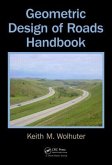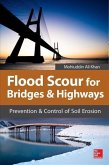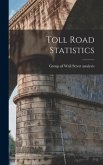Roads are essential components of a city. Despite their increasing importance in our daily lives, modeling and simulating road networks is challenging due to their dynamic and complex nature. The underlying order and patterns of the seemingly chaotic and diverse physical patterns of roads are still unclear. Furthermore, there is a knowledge gap regarding the relationships between the size, scale, shape, structure, and space of road networks.This book presents the state-of-the-art in computational methods for modeling the topological structure of road networks. Each chapter focuses on a specific aspect of this topology and provides models, indicators, and empirical studies of road network structures. The book includes six types of structural models and three types of spatial simulation models to help understand the topological structural complexity of road networks. The appendices include several examples of road networks and their universal scale-free patterns.This interdisciplinary book is helpful for individuals interested in spatial modeling, network analysis, transportation geography, and urban studies. It is also a fundamental resource for modeling and computing spatial complex systems. The book is suitable for undergraduate, graduate, and professional researchers interested in geographic modeling and urban design. The text is written with moderate mathematical detail to enhance comprehension of the concepts and principles presented. The use of maps, graphics, and examples makes the modeling and computational processes more intuitive.







